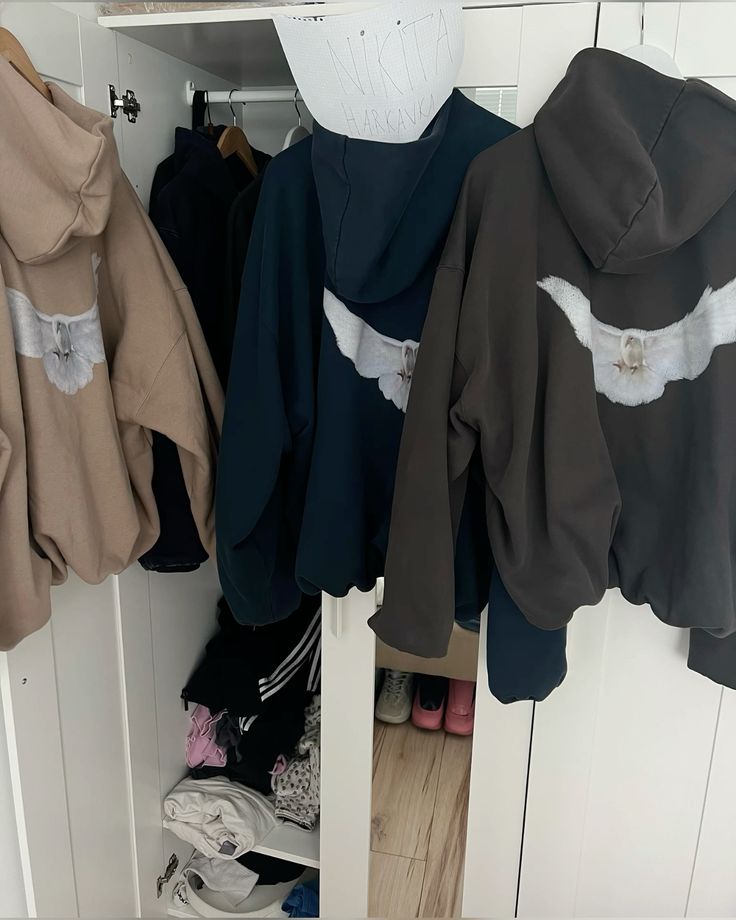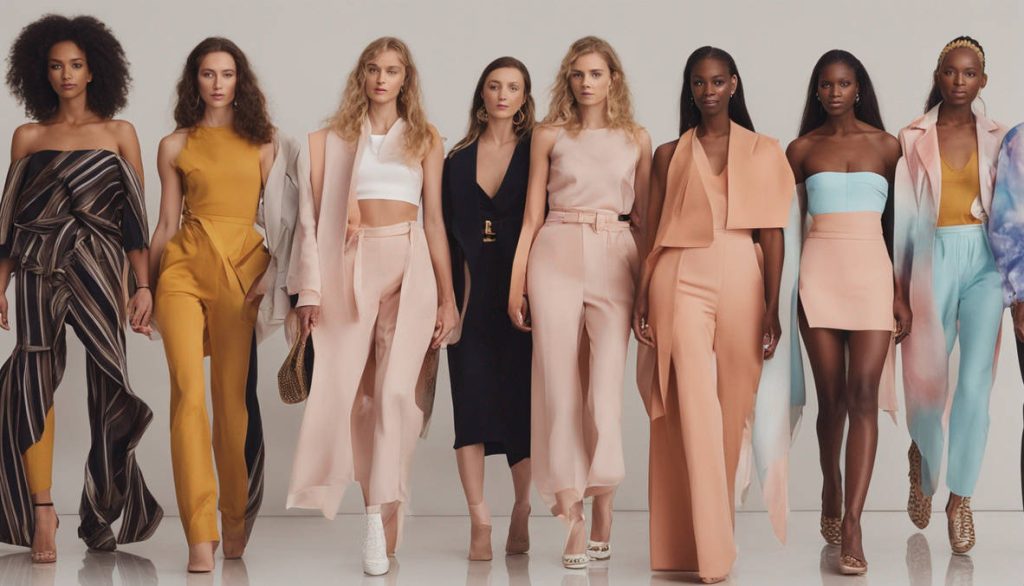Have you ever picked up a jacket or hoodie without giving its origin much thought, only to discover later that it’s part of a major collaboration? Today, fashion frequently operates in this way: subtly influencing our wardrobe choices without our knowledge. Purchasing clothing used to be easy: Gap for basics, Balenciaga for high fashion, and perhaps a Yeezy item if you were truly emulating Kanye West’s style. Then came Yeezy Gap Balenciaga, a collaboration that, in ways few could have predicted, blurred the boundaries between luxury fashion and mass retail.
This partnership went beyond simply producing oversized jackets or limited-edition hoodies. It compelled the fashion industry as a whole to reconsider how partnerships can function, what consumers truly desire, and how culture itself transforms retail. What can the industry learn from Yeezy Gap Balenciaga, then? Let’s dissect it.
The Power of Unexpected Partnerships
The significance of an unexpected alliance is among the most compelling lessons to be learned from Yeezy Gap Balenciaga. On paper, Balenciaga represents cutting-edge luxury, Gap stands for affordable everyday wear, and Yeezy is situated in the middle, combining elements of cultural experimentation and celebrity-driven streetwear. The partnership demonstrated how disparate brand identities can come together to form something completely new by combining these three forces.
The industry discovered that consumers are becoming more interested in contrast and tension. They are drawn to products that push boundaries, not just reasonably priced basics or high-end couture. Fashion partnerships flourish when they take people by surprise, as Yeezy Gap Balenciaga demonstrated. What does this mean for brands? Pairing “like with like” is not always a good idea. Rather, think about how opposites can draw in and create new demand.
Yeezy Gap Balenciaga on Streetwear and Luxury
Luxury fashion houses avoided streetwear for years. Luxury was presented as timeless and aspirational, whereas streetwear was seen as informal, urban, and transient. However, the Yeezy Gap Balenciaga Hoodie demonstrated that these two worlds are not only compatible but also have the potential to support one another. Through this collaboration, boxy silhouettes, oversized hoodies, and utilitarian aesthetics became both high-end and popular.
The takeaway from this is that the distinction between high-end fashion and casual attire is becoming less clear. Versatile items that they can wear every day and that also convey the status of a major fashion brand are now valued by consumers. This change tells the industry that embracing crossovers is key to future growth. Combining luxury customs with streetwear culture broadens a brand’s appeal rather than diminishing its identity.
Branding Is About Cultural Relevance, Not Just Logos
Bold branding in the conventional sense was not a part of the Yeezy Gap Engineered by Balenciaga project. It mainly relied on cultural weight instead. Building anticipation and coordinating with more general discussions in music, fashion, and lifestyle were the goals of the collaboration rather than plastering logos everywhere. Fans bought into a narrative about identity and cultural disruption rather than just buying clothes.
This reveals a deeper industry insight: cultural alignment, rather than visual identity, is the key to branding today. Nowadays, a logo is insufficient to sell; customers want to feel as though they are part of a movement, an innovative idea, or even a contentious issue. Brands need to consider their cultural role and how they connect with consumers outside of their product line. Relevance is the new currency, as the Yeezy Gap Hoodie demonstrates.
Limited Drops Drive Hype—but Come With Risks
The release strategy teaches us another important lesson. Limited quantities of Yeezy Gap Balenciaga items were released, frequently online, sparking a demand frenzy. The items’ scarcity made them appealing and noteworthy, which is consistent with the long-standing success of sneaker culture. Many prospective buyers were irritated, though, as they were unable to access the collection in spite of their interest.
The industry’s lesson is complex: limited drops create exclusivity and buzz, but if done incorrectly, they run the risk of offending larger audiences. Long-term loyalty is ensured by accessibility, whereas short-term sales and cultural impact can be driven by hype. Fashion brands must strike a balance between inclusivity and scarcity to prevent negative reactions and customer fatigue.
How Yeezy Gap Hoodie Reinvented Retail
Another industry lesson was made clear by Gap’s participation in the partnership: traditional retail needs to change or risk becoming obsolete. Once a titan of American malls, Gap had trouble appealing to younger consumers. It managed to regain some cultural relevance, albeit a brief one, by collaborating with Yeezy and Balenciaga.
It’s important for the industry to realize that legacy retailers can’t just depend on their past. To remain relevant, they need to try new things, take chances, and be open to working with unlikely partners. These days, fashion is more than just clothes; it’s about remaining involved in societal discourse. Retail reinvention is achievable, but it calls for daring decisions rather than safe ones, as Yeezy Gap Balenciaga demonstrated.
Celebrity Influence Still Shapes the Market
No mention of the Yeezy Gap Without mentioning Kanye West, the Balenciaga Dove Hoodie wouldn’t be complete. The project received a great deal of attention thanks to his creative influence and celebrity status. His participation made sure the partnership stayed in the public eye, regardless of whether people liked him or didn’t.
The fashion industry needs to acknowledge that, despite their volatility, celebrity partnerships are still very effective. Reach and cultural weight are two benefits of aligning with a celebrity, but there are risks associated with personal scandals. The takeaway is obvious: while celebrity endorsements can increase brand awareness, companies must carefully consider the long-term effects.
Fashion Is About Storytelling, Not Just Design
The most lasting lesson from the Balenciaga Yeezy Gap Hoodie is probably that fashion nowadays is more about the story behind the item of clothing than it is about the actual item. Although oversized jackets and hoodies by themselves are not revolutionary, they become a cultural statement when presented as a joint effort by high fashion, mass retail, and streetwear.
This emphasizes the value of storytelling for the industry. Even the most inventive collections run the risk of being forgotten in the absence of narrative, but design is important. Nowadays, customers want to wear apparel that expresses their beliefs and identity. Brands with compelling, real-life narratives will set the standard.
Why Yeezy Gap Balenciaga Still Matters to the Industry
Yeezy Gap Despite its short lifespan, Balenciaga’s influence on fashion is still evident. It demonstrated how unanticipated partnerships have the power to change entire markets, how luxury and streetwear are no longer mutually exclusive, and how cultural significance outweighs logos. It served as a reminder that traditional retailers like Gap need to change in order to thrive, and that hype tactics can both increase demand and irritate customers. Above all, it demonstrated that fashion is a storytelling medium—a nexus of creativity, identity, and culture.
The industry’s main takeaway is straightforward: change or risk being forgotten. Yeezy Gap Balenciaga was about possibilities, not just clothing. The fashion industry is still figuring out what will happen next.
Read More: Regic



